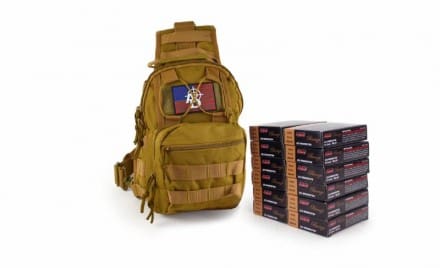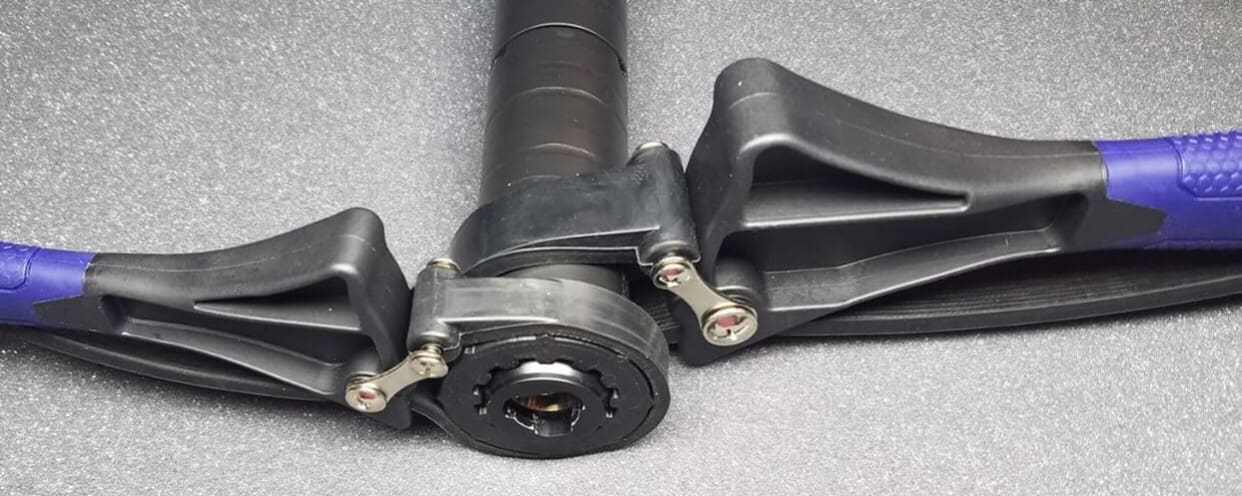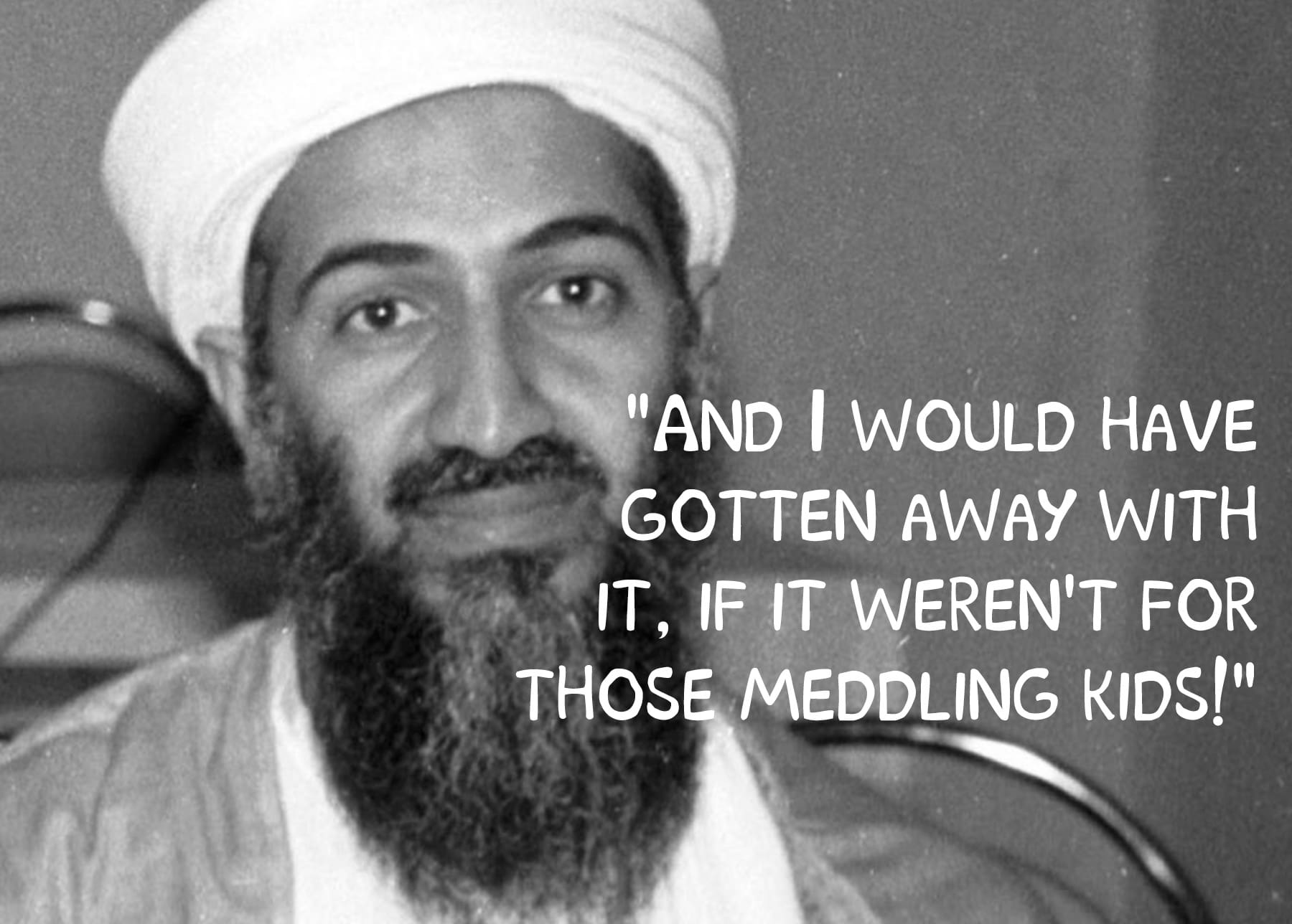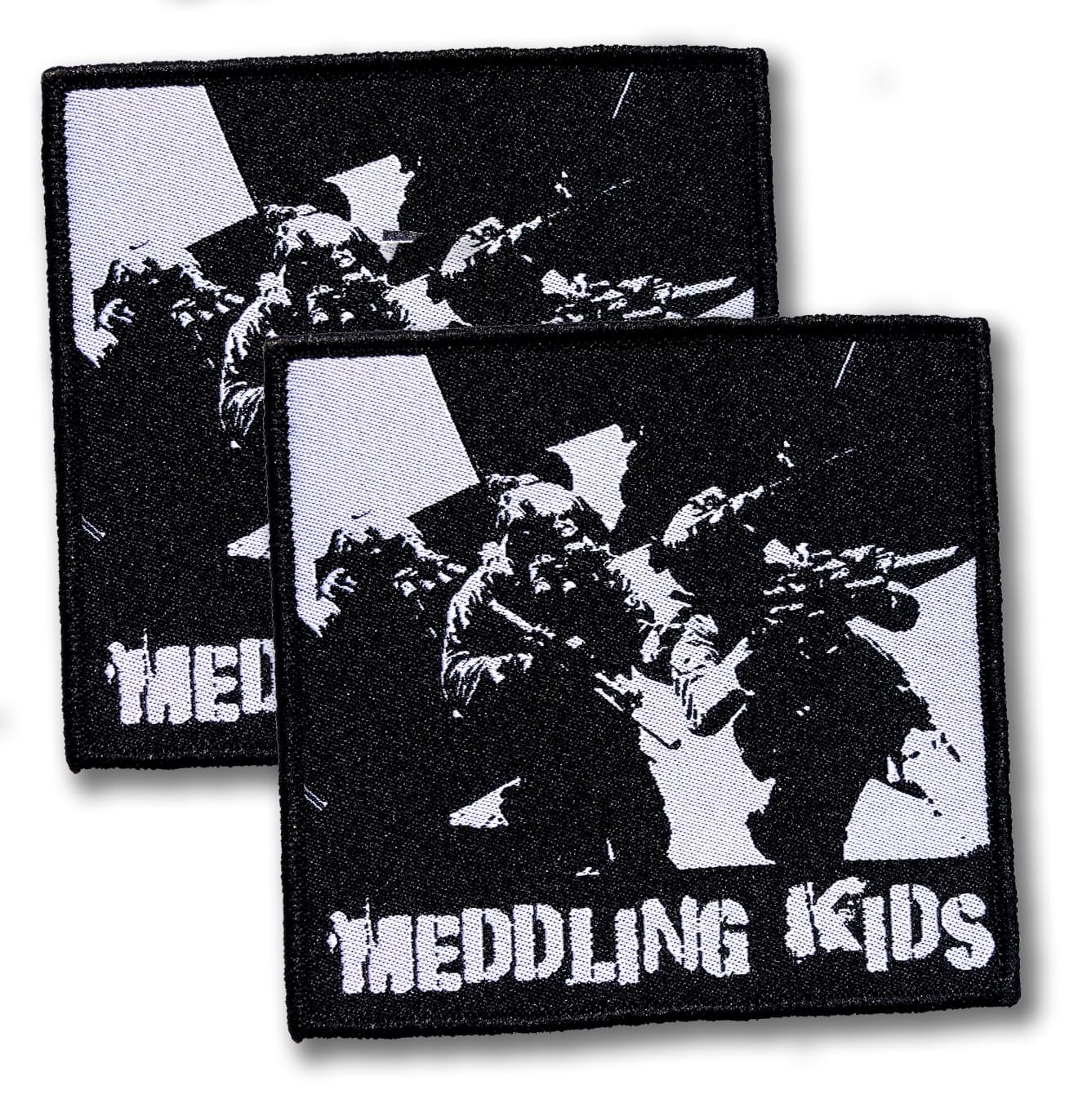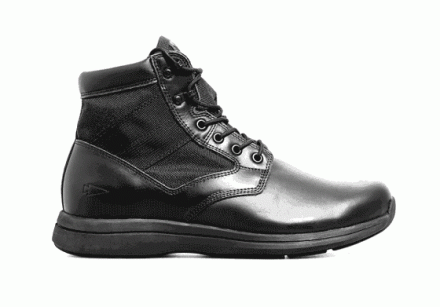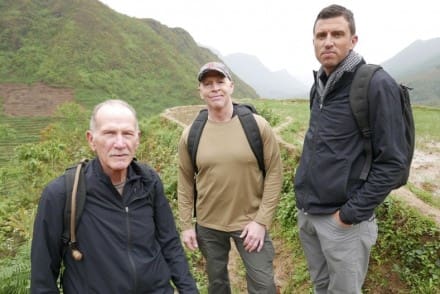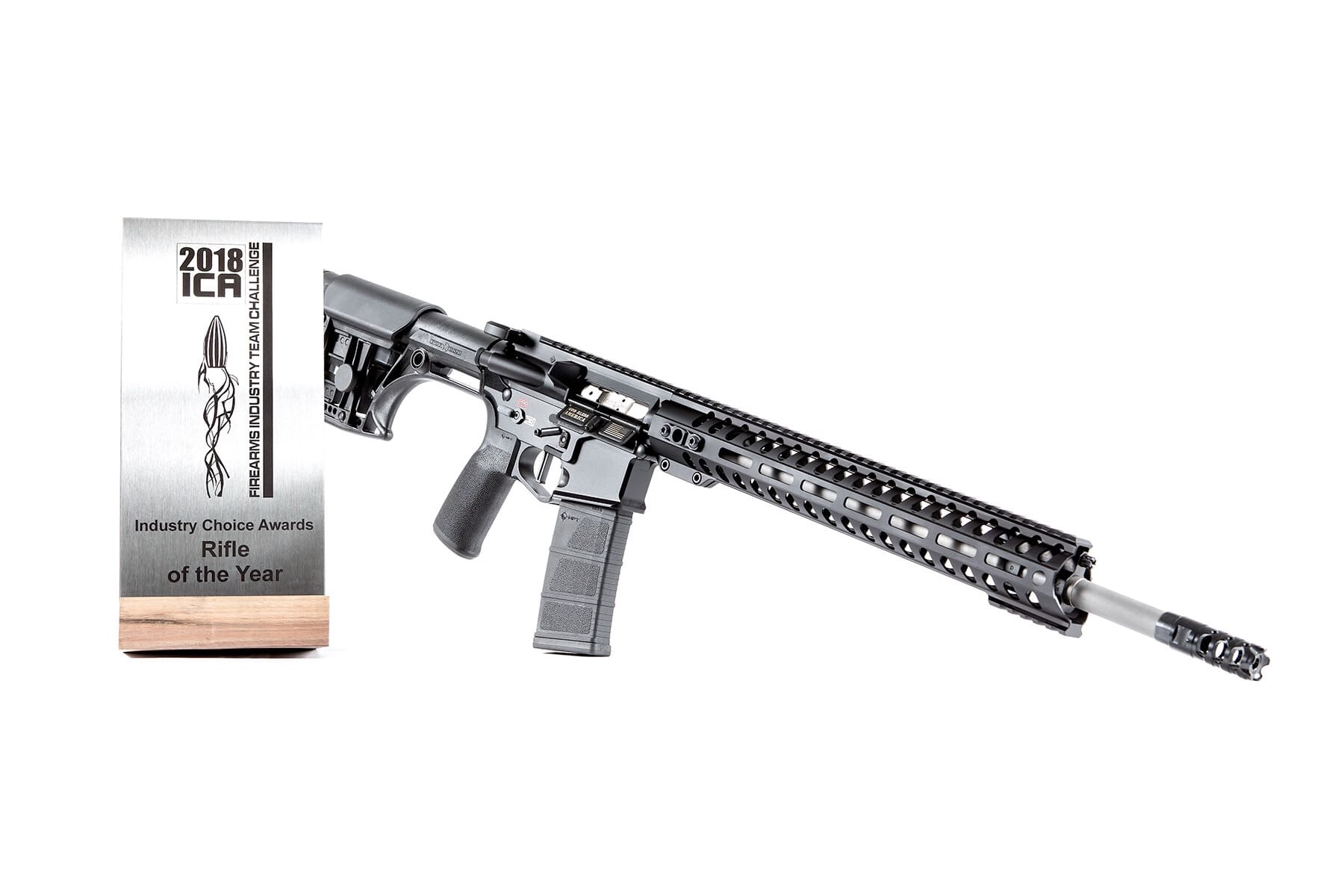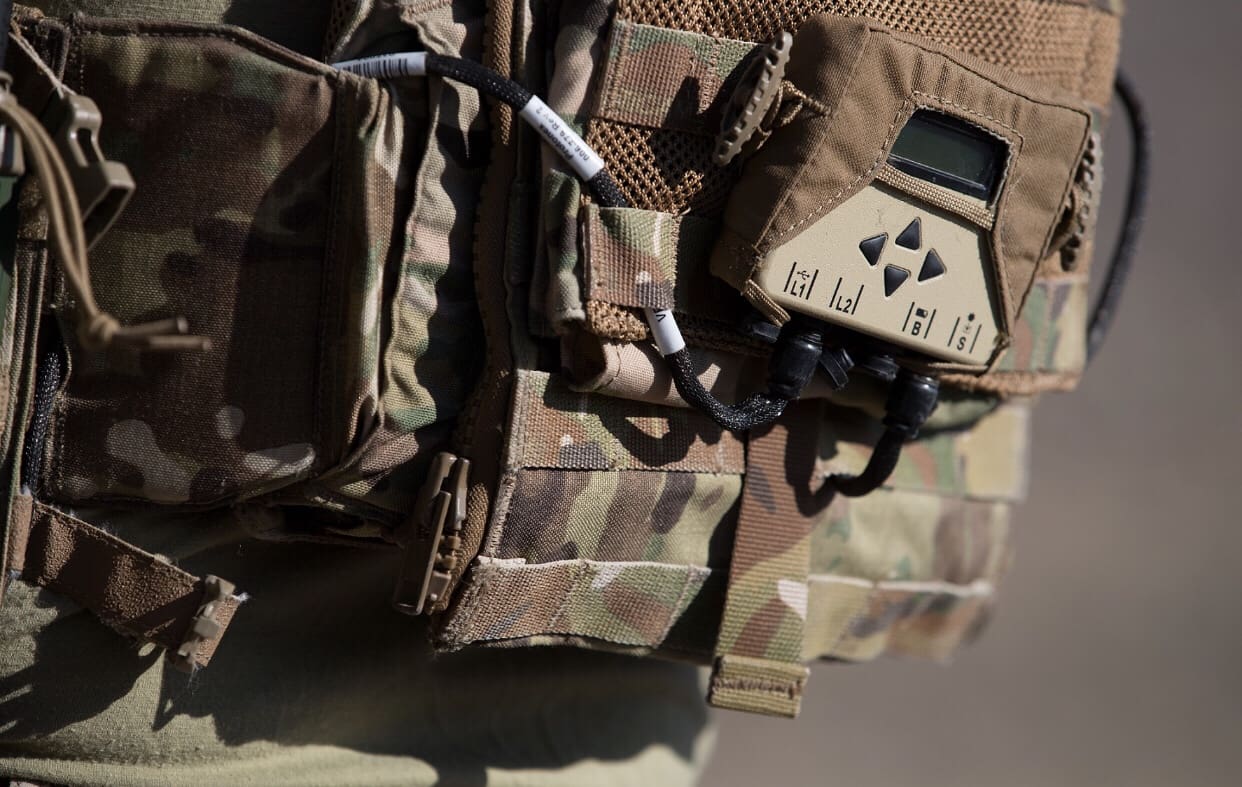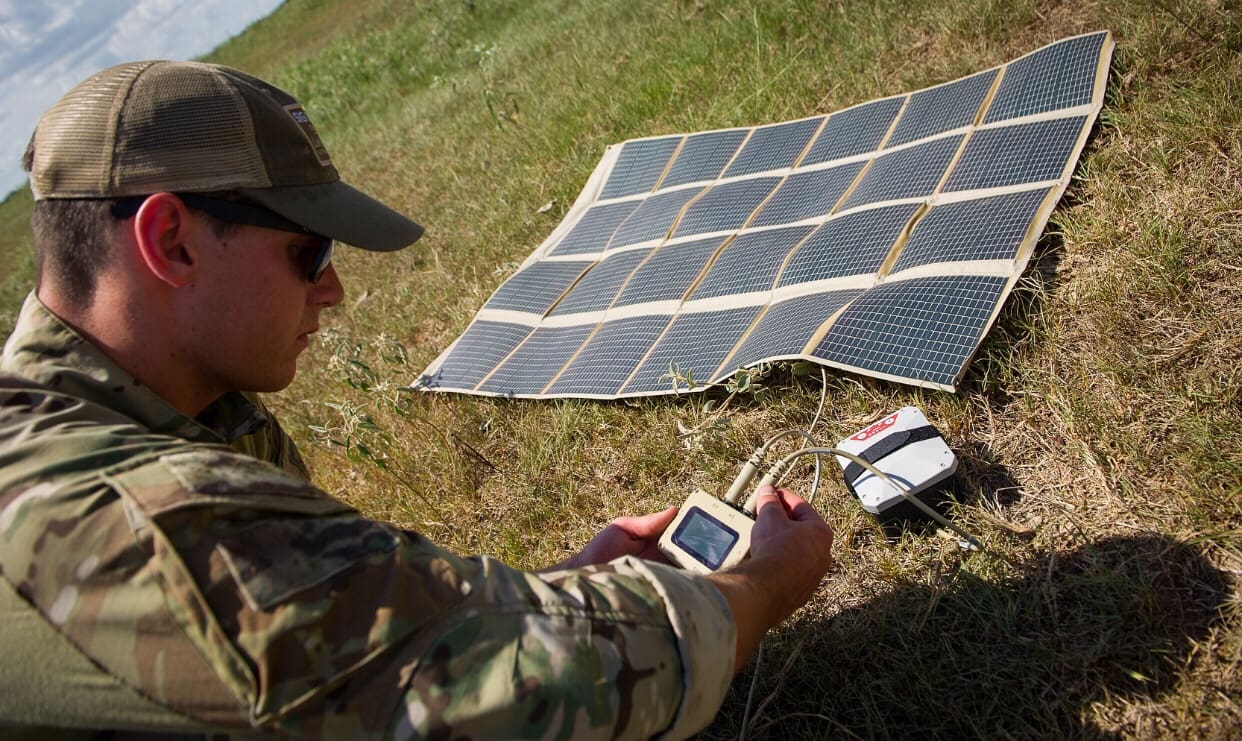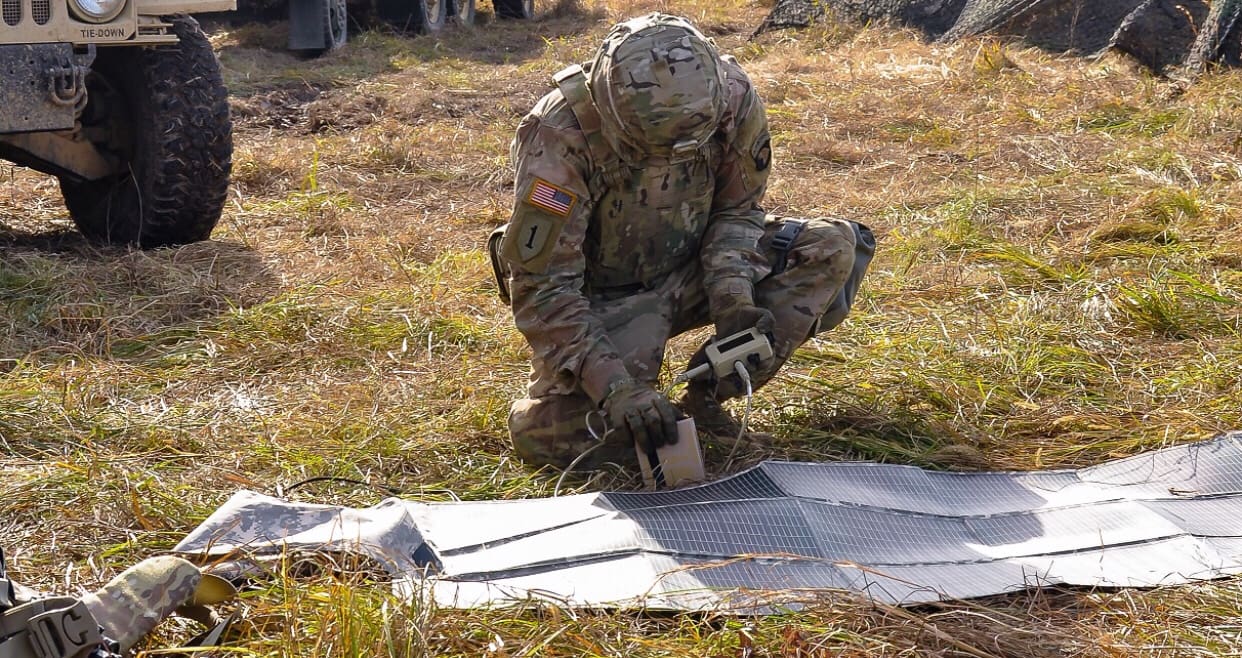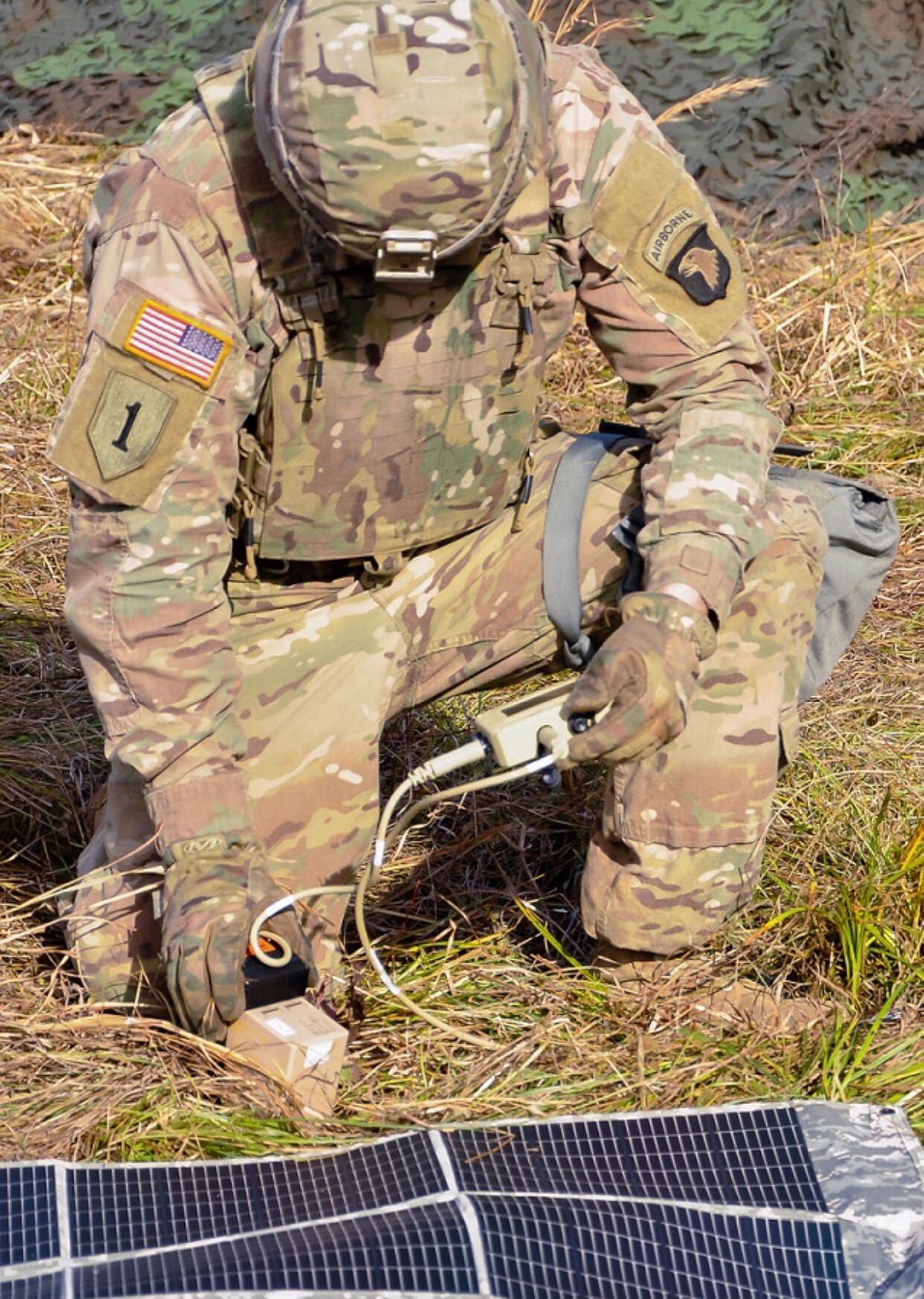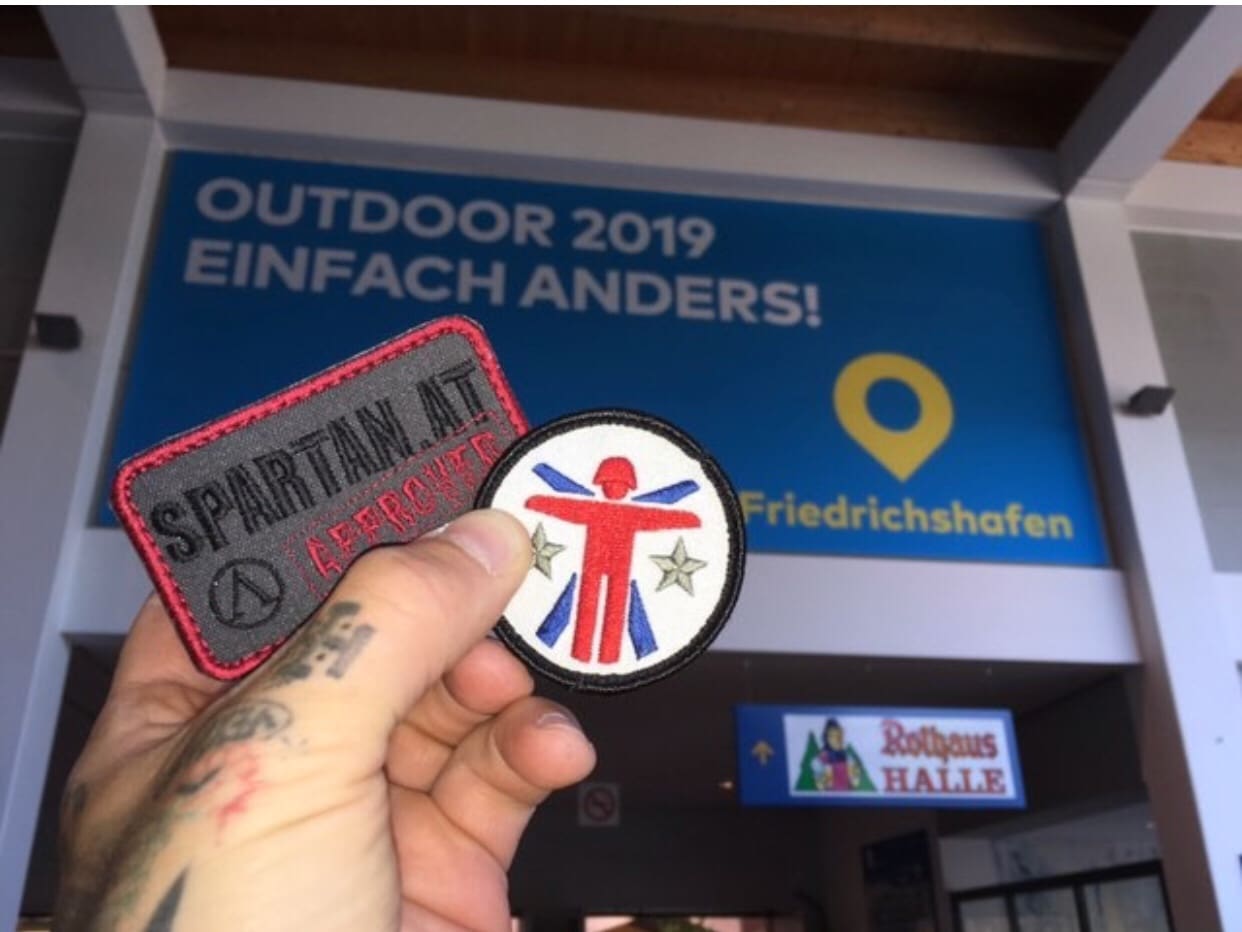Boca Raton, Fla. (June 2018) – Ammunition Depot introduces their Tactical Sling Pack, combining a rugged sling pack with a variety of ammunition choices for that grab and go situation. The sling packs can be easily slung over a shoulder or used as a pouch. The large zippered section features two internal pockets and the small zippered section with one internal pocket. A hook and loop patch on the front is perfect for placing patches and Ammunition Depot is placing their PVC Flag patch on every sling pack. Additionally, the sling pack has MOLLE straps on the front and sides for additional pouch attachments and on the back is a pouch for concealed carry. The sling pack measures 11″ H x 8″ W x 2″ D. The Tactical Sling Pack is available in Black, Coyote Tan and OD Green, Black Python and ACU.
“Our customers are busy people and when you ask them what they like about Ammunition Depot, besides the great service, pricing and variety, it’s convenience,” Scott Blick, managing partner of Ammunition Depot, explained. “Choose your favorite round and we’ll do the rest. We’ll pre-pack it in a convenient rugged tactical sling pack so all you have to do is grab your sling pack and hit the range. The pricing is so affordable, why just order one when you can have different packs already preloaded with different calibers?”
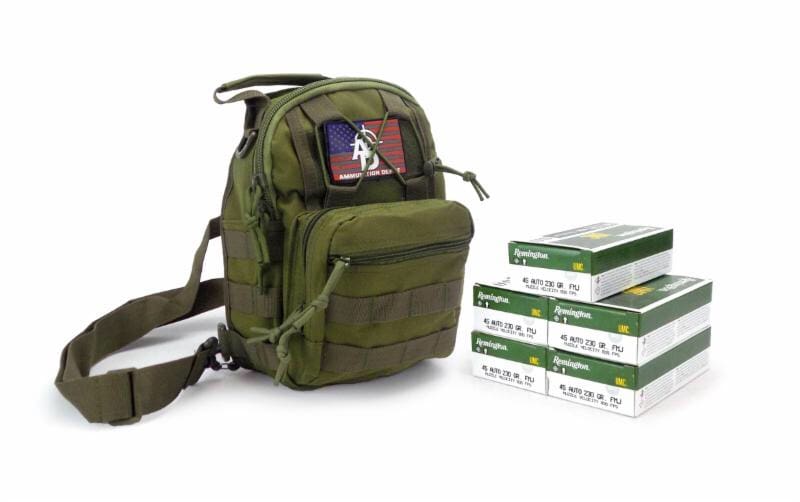
Whether its boxed or bagged ammo, Ammunition Depot’s Tactical Sling Pack stuffs each pack with your choice of .223, .380, .45 ACP, 9MM or 5.56 rounds for under $100 a pack. Summer is here, spend your time on the range instead of loading your ammo carriers.


